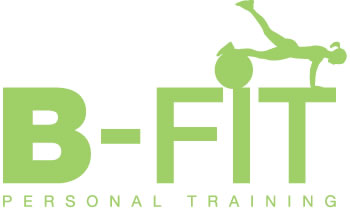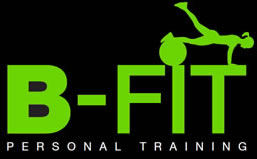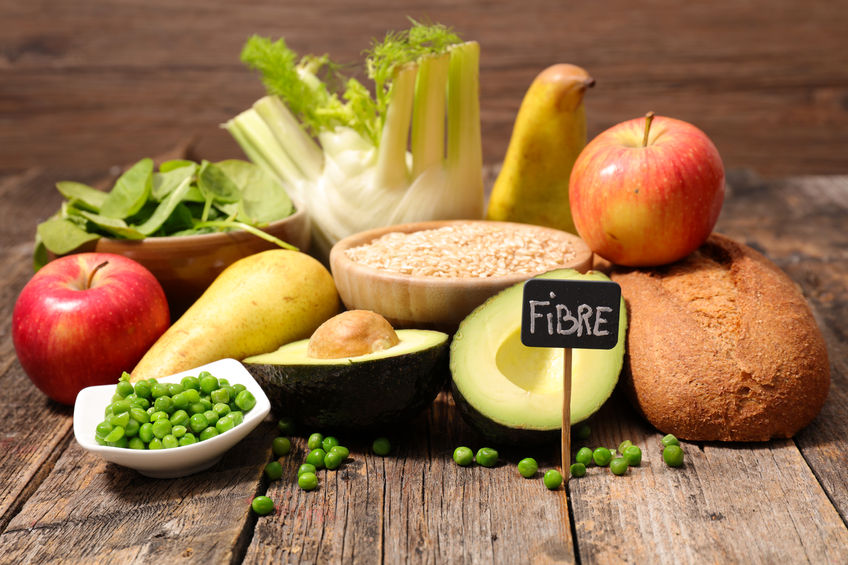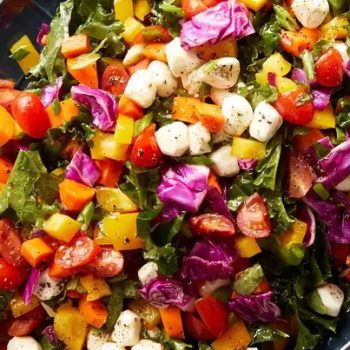We all know that fibre helps fight against heart disease, high blood pressure, cholesterol, diabetes, and colon cancer, but it also plays a key role in fighting weight gain.
This blog will give you all the in’s and out’s of everything you need to know. As usual, if you’ve any questions do get in touch. I’d love to help.
Let’s get started …
What is fibre?
Dietary fibre refers to the roughage or indigestible part of a carbohydrate, found primarily in vegetables, fruits, beans, grains, nuts, and other starch-based carbohydrates. There’s basically two types of fibre:
Soluble fibre: found in cucumbers, blueberries, beans, and nuts. Soluble fibre dissolves into a gel-like texture, helping to slow down digestion. This helps you to feel full longer, which can help with weight control.
Insoluble fibre: found in foods like dark green leafy vegetables does not dissolve and helps add bulk to your poop. This helps food to move through your digestive tract more quickly for healthy elimination.
Many whole foods, especially fruits and vegetables, naturally contain both soluble and insoluble fibre. This is ideal, as both help feed the microorganisms living in your gut. These beneficial bacteria, in turn, assist with digestion and absorption of food.
The same cannot be said for fibre in grains (including whole grains) and processed foods, as the carbohydrates found in both can serve as food for microorganisms that tend to be detrimental to health.
To maximize fibre intake, focus on eating more vegetables, nuts, and seeds and do not just rely on grains as the main source. Avoid processed foods as much as possible.
How much do I need?
Dietary guidelines call for 25-30 grams of fibre per day. Most people, however, get only half that. Many researchers believe 50 grams per 1,000 kcals is optimal especially for larger people and athletes.
Fibre sources
- Green vegetables e.g. brussel sprouts, broccoli
- Cauliflower
- Berries
- Potato with skin
- Bran
- Oats
- Brown rice
- Black beans
- Kidney beans
- Lentils
- Almonds
- Cashews
- Pistachios
- Almonds
- Walnuts
- Sunflower seeds
- Pumpkin seeds
- Chia seeds
- Flaxseed
- Psyllium husk (organic, no fillers or sweeteners)
How fibre fights fat
Dietary fibre can aid in weight loss for a variety of reasons. Firstly, foods rich in fibre tend to be natural, single ingredient foods which are low in fat, chemicals, and added sugars. This combo alone makes it hard to over eat, as these foods tend to have a lower energy density compared to their processed equivalents.
Fibre can also help with satiety and fat loss by decreasing energy intake, this is partly due to the fibre absorbing water and expanding like a sponge within the stomach, keeping you feeling full for longer. In short, it’s got appetite suppressant qualities.
How fibre fights diabetes
One other benefit of fibre is its ability to improve glucose tolerance, reduce insulin resistance and therefore, improve insulin sensitivity. A fibre-rich diet decreases the risk of diabetes and helps with glucose management in diabetic patients.
Hopefully, you can now see the massive benefits of incorporating more fibre into your diet. If you need any help in personalizing this to you do book in for a FREE “How to B-Fit and fabulous chat” by texting/calling me on 07748 298 728 or email gaynor@www.b-fit.uk.com
Love Gaynor x





